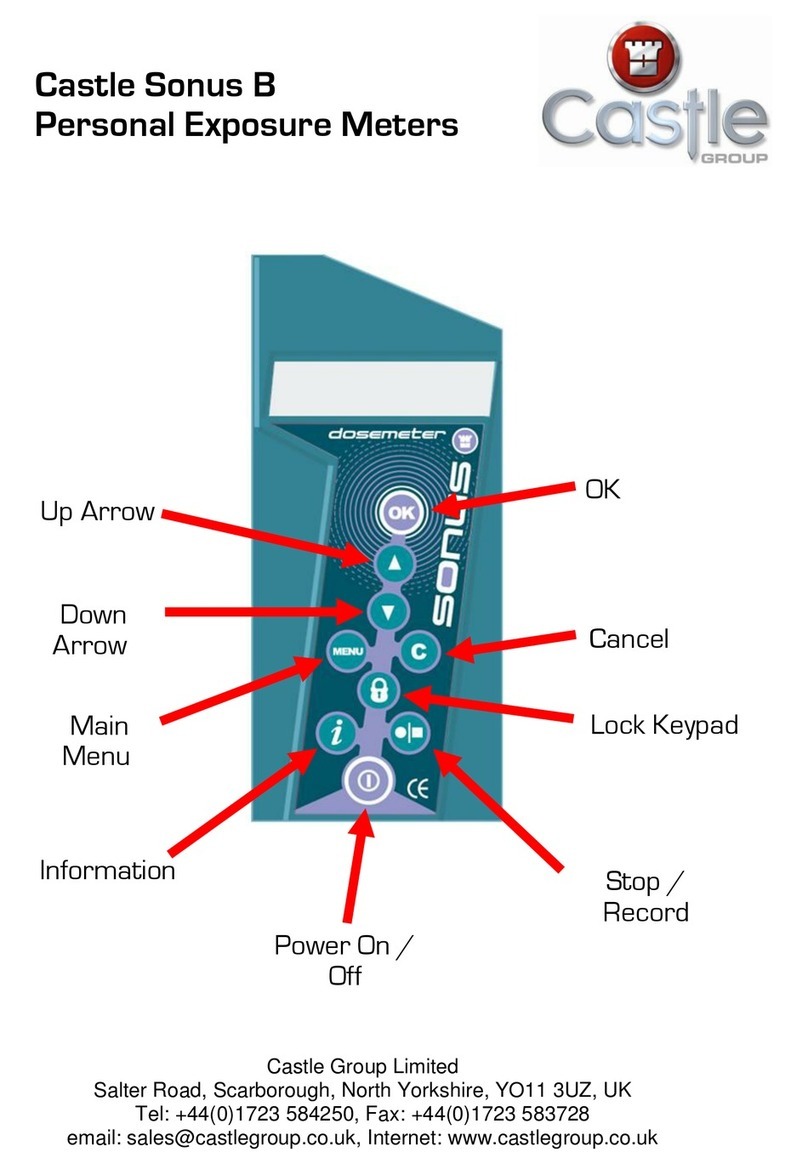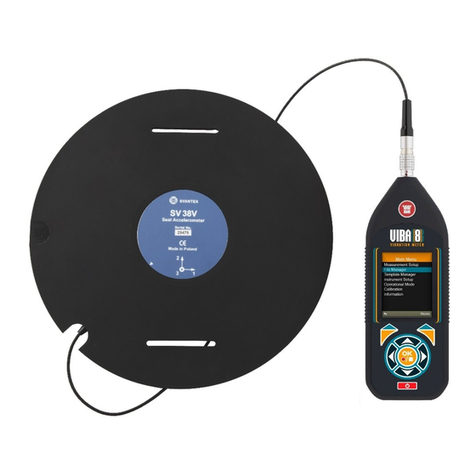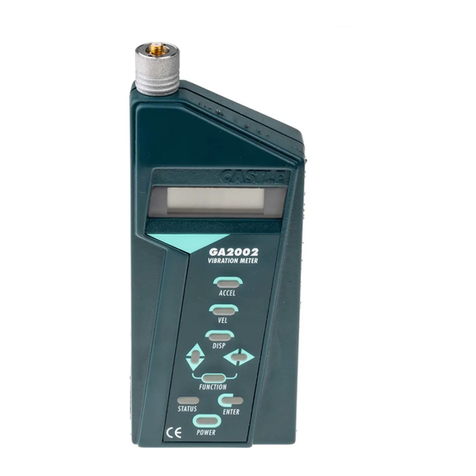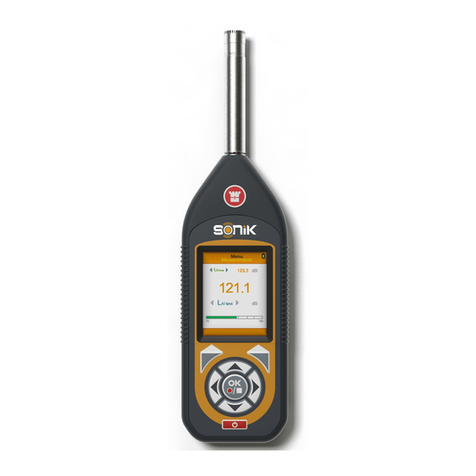Reset .................................................................................................................................40
Configuration .................................................................................................................41
Exposure Points......................................................................................................41
Show Results ...........................................................................................................42
Information .....................................................................................................................42
Calibration.......................................................................................................................43
Measurement .........................................................................................................43
Sensitivity ...................................................................................................................46
CHAPTER 6....................................................................................... 47
Using the Vexo H .......................................................................................................................... 47
Stop State...................................................................................................................................47
Record State.............................................................................................................................48
Playback.......................................................................................................................................49
Show Results - On .............................................................................................................50
Exposure Points - On........................................................................................................51
Under Range Indicator.........................................................................................................52
Overload Indicator ..................................................................................................................53
Parameters ...............................................................................................................................54
Arms..................................................................................................................................54
Aeq .....................................................................................................................................54
Amax.................................................................................................................................. 54
Peak ...................................................................................................................................54
Vector ...............................................................................................................................54
Exposure ..........................................................................................................................54
CHAPTER 7....................................................................................... 55
Downloading Saved Recordings to a PC...........................................................................55
CHAPTER 8....................................................................................... 56
Accessories.....................................................................................................................................56
CHAPTER 9....................................................................................... 57
Technical Specification...............................................................................................................57
Applicable Standards............................................................................................................57
Noise Floors...............................................................................................................................57
Normal Operating Mode .....................................................................................................57
Overload & Under Range Triggering Points..............................................................57
Level Ranges .............................................................................................................................58
Frequency Weightings .........................................................................................................58
Accelerometer .........................................................................................................................59
Electrical Signal Input............................................................................................................60
Maximum Electrical Signal Input For No Damage..................................................60
Environmental Stabilization Time ....................................................................................60
Warm up Time.........................................................................................................................60
Settling Time ............................................................................................................................. 60
Temperature Operating Range .......................................................................................60
Effect of Air Temperature...................................................................................................61
Effect of Surface Temperature ........................................................................................61
Real Time Clock .......................................................................................................................61
Digital Signal Processing.....................................................................................................61
Analogue to Digital Converter & Microcontroller...................................................61
Displayed Measurement Resolution .............................................................................61

































